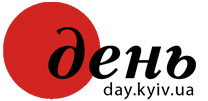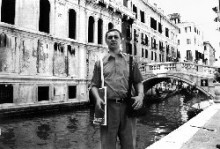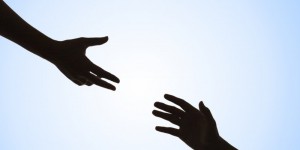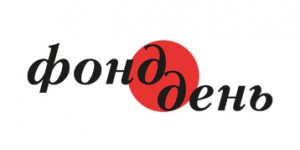The conflict surrounding Ukraine’s first time participating in the Venice Biennial, the oldest international forum of contemporary art, brought discord into the small and divided community of contemporary Ukrainian artists. At that time, pessimistic critics even predicted that the first Ukrainian presentation would be its last. After all, decisions regarding participation in the Venice exhibition, which carries quite a high price tag, are made by national governments. Meanwhile, having seen enough of the scheming and arguing among our artists, our government officials would hardly want to put up the money for them again. However, both the Kinakh and Yanukovych governments showed an understanding for the strategic importance of Ukraine’s presence at the world forum of contemporary art. Tellingly, the international community sees the presence of contemporary art in the country as evidence of its pluralism and democracy.
A number of curators vied for the right to represent Ukraine at the prestigious international art biennial (an exhibition held every two years). Among them are Oleksiy Tytarenko and Viktoriya Burlaka, as well as Valentyn Rayevsky, curator of Ukraine’s presentation at the 49th Venetian Biennale (whose project and methods of achieving artistic goals got bad press from art critics and journalists). An expert board set up by Ukraine’s Culture and Arts Ministry to select the best project gave preference to one of the two projects proposed by Viktor Sydorenko. Sydorenko is vice president of the Ukrainian Academy of Arts and director of the Research Institute of Contemporary Art that opened last year at the academy. However, the academic status of the artist in this case does not mean that he will make statements in the spirit of traditional art on this famous stage of contemporary art. The degree of modernity in Sydorenko’s project is evidenced by the fact that his co- curator in Venice is a recognized Ukrainian specialist in the field of contemporary art, its theoretician and ideologist, Oleksandr Solovyov.
The tentative name of the Ukrainian presentation is Zhorna Chasu [millstones of time]. It will be a multimedia installation with video and audio effects and state- of-the-art optical technologies — artificial phosphor crystals invented by Ukrainian scientists and now actively exported. The traditional genre of painting will also be represented, which is a major specialization of Viktor Sydorenko. Incidentally, he displayed his works at a number of international exhibitions (among them the Salone of Central and Eastern Europe, held in Paris in 1998). They are also represented in respectable collections ranging from presidential suites in Almaty to the collection of Jean Jaques Ludovikovich Viella in Versailles. The project representing Ukraine at the 50th Venice Biennial will not be made public until the inauguration of the forum, but we have learned that the plotline of the cycle of paintings by Sydorenko will be connected with the image of the Last Supper, which the artist considers to be eternal.
The director of the visual section of the Venice Biennial, a native of Florence, and the senior curator of the Chicago Contemporary Art Museum, Francesco Bonami, outlined the underlying concept of the upcoming forum, accentuating the Marxist question of who owns the art: “Dreams and Conflicts. The Dictatorship of the Viewer.” For Viktor Sydorenko, the idea of a dictatorship of the viewer means destruction: graffiti on the frescoes of the St. Sophia Cathedral, Taliban bombing the world’s biggest statue of Buddha in the mountains of Afghanistan, forcible influence of sponsors from the New York Metropolitan Museum on the exposition in his showrooms. The idea that the viewer and time pulverize the art, as if millstones, will likely be reflected in his project.
It is symptomatic that at the upcoming Venice Biennial, Ukrainian artists will again represent other countries. In 2001, former Kyivan Oleh Kulyk represented the pavilion of Montenegro, while Oleksandr Roytburd, director of the Marat Gellman Gallery in Kyiv, who at that time lived in New York, participated in the project by Harald Zayeman director of the visual section at the 49th Biennial, titled The Plateau of Humanity in the Italian pavilion. This time, video and photos of Ukrainian artist Serhiy Bratkov, currently residing in Moscow, have been selected for Viktor Miziano’s project titled The Return of the Artist , endorsed by the Russian government as the national presentation of the Russian Federation at the Venice forum.







